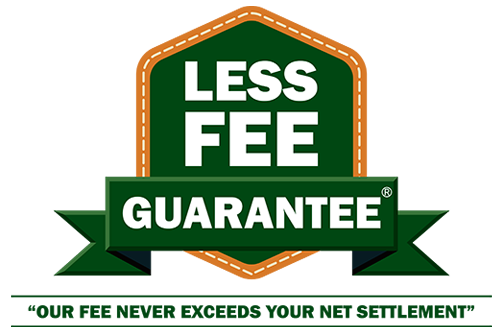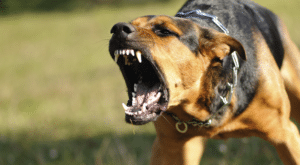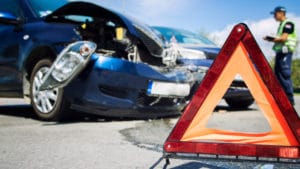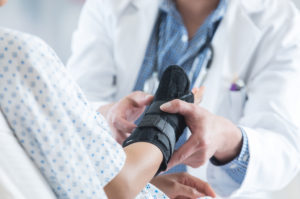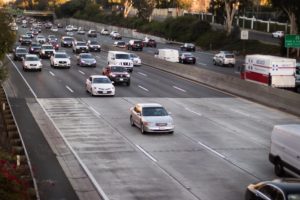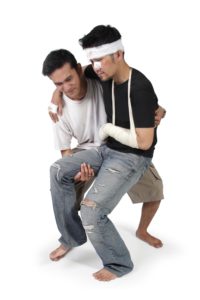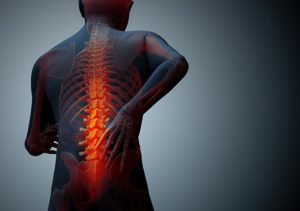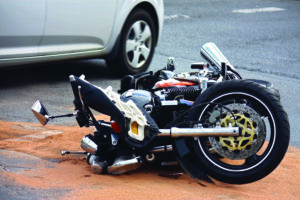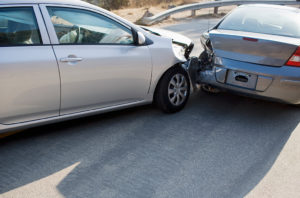Slip and fall accidents, also referred to as trip and falls, are the number one cause of non-fatal personal injuries in need of medical treatment in the United States. There are more than 8 million emergency room visits every year as a result of slip and fall or trip and fall accidents. Statistics also show that falls are the leading cause of injury-related death for adults age 65 and older. In many instances, these accidents occur on someone else’s property or business. When this is the case, the property or business owner can be held liable for the injury, making it possible for the victim to recover money for their medical bills and prescriptions, as well as lost wages due to missed work due to a prolonged disability.
When it comes to workplace injuries, more than 5,000 workers die on the job every year, many as a result of a serious slip/trip and fall accident. According to the Department of Labor, nearly 20–30% of workplace slip-and-fall accidents cause moderate to severe injuries. These include injuries such as head injuries and concussions, broken bones and spinal cord injuries. The cost to employers is estimated at approximately $161.5 billion per year.
A slip and fall can be life altering and, at the very least, disruptive to your daily routine for an extended period of time. Learning how to avoid slip and fall accidents is a great way to prevent them from ever happening in the first place. Part of knowing how to avoid slip and falls is knowing what may potentially cause them. Over two-thirds of all trips and slips happen on the same level, while the remaining occur from a height such as a ladder. Here is a list of common scenarios that occur at floor level at home, in public and in the workplace, compliments of Grainger Inc., and can result in a slip, trip, and fall:
- Wet or greasy floors
- Dry floors with wood dust or powder
- Uneven walking surfaces
- Polished or freshly waxed floors
- Loose flooring, carpeting or mats
- Transition from one floor type to another
- Missing or uneven floor tiles and bricks
- Damaged or irregular steps; no handrails
- Sloped walking surfaces
- Shoes with wet, muddy, greasy or oily soles
- Clutter
- Electrical cords or cables
- Open desk or cabinet drawers
- Damaged ladder steps
- Ramps and gang planks without skid-resistant surfaces
- Metal surfaces — dock plates, construction plates
- Weather hazards — rain, sleet, ice, snow, hail, frost
- Wet leaves or pine needles
- Poor lighting
Whether you are an employer or are an owner with a business that is open to the public, these tips can be of value and assist you in implementing policies and procedures that minimize the possibility of slip and falls under your watch. When these preventive measures are not taken, some may create an environment that helps cause an accident and create liabilities (and possible restitution) for the person suffering an injury.
Housekeeping and Preventative measures:
- Walkways:
- Keep clean and place clear signage out when surfaces are freshly cleaned or compromised by weather conditions
- Keep free of clutter
- Stairways and Handrails:
- Clear of obstructions
- Well lit
- Free from loose objects – avoid placing rugs in front of stairs
- Mark top and bottom with reflective tape
- Cords and Wires:
- Run cables behind walls or under carpeting when possible
- Install power outlets, internet connections and phone jacks in immediate area of use
- Avoid running cables across walkways at any time – when unavoidable, mark with bright tape and signage of possible tripping hazard
- Footwear:
- Employers – ensure suitable footwear for employees is required according to the tasks at hand with proper traction
- Individuals – consider your destination and choose footwear mindfully while always watching your footing in every type of environment
- Lighting:
- Illuminate areas with high potential for slips, trips and falls such as walkways and stairways
- Install motion-detected lighting in outdoor spaces for dark hours
- Signage:
- Place informative and brightly colored signage in highly visible locations where someone may encounter things such as: a step, a gap in the pavement, uneven ground or loose rocks
- Ladders and step stools:
- Make ladders or step stools readily available for assistance in getting to items at a height – this avoids usage of unstable or unsafe methods
- Floor conditions:
- Maintain and repair all footpaths both inside and outside where trip hazards are prominent
- Rugs/Floor mats:
- Use a non-skid layer underneath all rugs or mats
- Spills:
- Clean spills immediately once they occur and place warning signs where residue may need to be removed with more thorough cleaning methods
With all of the precautions taken to avoid slip, trip and fall accidents, they can and do still occur. Many people ask the question, “Can I sue for a slip and fall accident?” The answer is simply, yes. In many instances, a slip and fall or trip and fall accident occurs when something is out of place and becomes a hazard. Business and property owners are potentially liable for injuries that happen on their property and are due to this type of negligence. These instances allow for the victim to file a lawsuit and have the opportunity to recover money for damages due to the accident.
It is imperative to contact an attorney if you have been injured in a slip, trip and fall. At the Richard Harris Law Firm, our attorneys have won over $1 billion for victims of personal injury with a 98% success rate for all cases. Contact us today for a free legal consultation!




